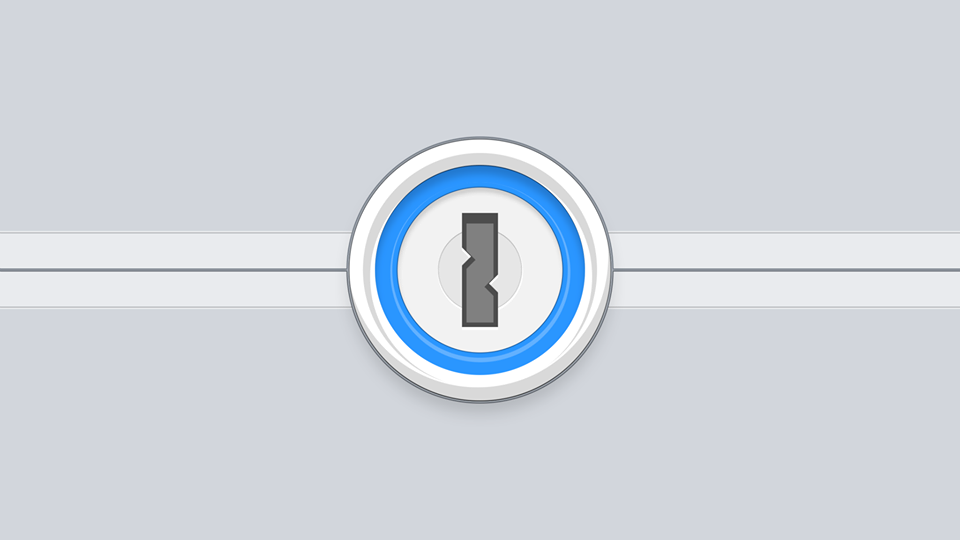Spring cleaning: 6 tips to help stay secure online

Spring has sprung and that means a lot of us are throwing open the windows, clearing out the wintertime clutter and thinking about summer safety. Sweeping the floors and dusting the sills should obviously be on your list but when the spring cleaning bug hits, don’t forget your mobile devices. Spring cleaning gadgets is about more than wiping down screens – a little seasonal maintenance can go a long way toward boosting storage space, increasing performance and ensuring that your devices are as secure as they can be.
If you think your devices don’t need spring cleaning, think again. On the security side, new hacks are developed and deployed all the time, and even if you keep your devices devoid of personal info your bandwidth can still be hijacked and used for nefarious purposes. And while you might be 100% satisfied with your device’s performance, it’s still a good idea to sit down once a year to take a look at what kinds of information you’re carrying in your pocket.
With that in mind, here are a few simple things you can do to make sure you’re keeping your mobile devices as safe and secure as they can be.

Change your passcode and passwords. As frustrating as it can be to have to remember convoluted passwords, longer passwords that contain capital and lowercase letters, symbols and numbers can keep your personal information more secure. Additionally, look into using two-step verification or two-factor authentication (which is even more secure) if it’s offered. Lastly, consider using a password manager such as 1Password or LastPass.
Keep software updated. It’s important to keep operating systems and programs (not just security software) up-to-date because regular updates often include security patches associated with emerging threats. Install anti-virus programs on your devices and double check that they are working. Also, make sure you have automatic updates set to run across apps so you never miss a patch.
Back up your device. Ransomware attacks are on the rise and they’re a good enough reason to make sure your data is backed up. If you synch your devices with your computer, you can keep that data secure by encrypting your backups.
Know your options. Take the time to learn how to properly reset your iPhone and how to wipe the data remotely, which is handy if your device is lost or stolen. (Go to iCloud.com/#find > enter your Apple ID > select Find My iPhone. Select All Devices > choose the device to wipe. Select Erase iPhone/iPad.) But remember that wiping may not be necessary! Recently, a thief was caught at Coachella with a hundred stolen phones thanks to festival goers who used Find My iPhone to track him down.
Declutter your data. Strive for inbox zero, opt for minimalism when it comes to photo storage and don’t store passwords. Sometimes a lost or stolen device simply means having to shell out for a replacement, but if you keep your entire life on your phone it could also mean dealing with the long-term (and costly) repercussions of identity theft.
Review your privacy settings. Do you know which apps are collecting information about your habits and what they’re using that information for? Are you inadvertently walking around with an open network in your pocket? Think carefully about what permissions you give the apps you download, and always download from reputable sources like the App Store and Google Play Store.
A little vigilance can go a long way toward protecting not only your devices but also your precious data, so it’s surprising how many people take security for granted or just plain forget about how vulnerable unprotected gadgets can be. So make spring cleaning your devices an annual to-do – better yet, set a calendar alert! Hopefully you’ll never actually be targeted by a hacker or thief but if the worst should happen, you’ll be so glad you did.